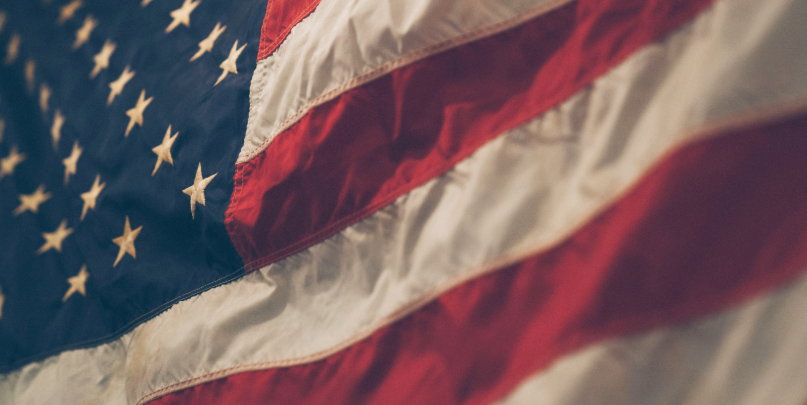Create Time 2019-07-16 01:07 Views:16204

The United States Patent and Trademark Office (USPTO) has announced new efforts to address the increasing problem of fraudulent trademark specimens that incorporate digital alterations to give the false impression of use in the market.
The guide was published for public use in July 2019, fresh on the heels of the recent USPTO amendment requiring all foreign trademark applicants to obtain representation by a certified U.S. attorney. The release of the new examination guide further clarifies how the USPTO and its examiners will crack down on fraudulent applications, trademark squatting, and otherwise incomplete or inaccurate applications — which tend to be more common among foreign trademark registration applications.
Digitally created or altered specimens are not inherently fraudulent if created in accordance with the requirements of the Trademark Act. Digital alternations can be used to demonstrate how a mark might be or is currently being used in connection with the company’s goods and services.
A digitally created specimen refers to digital drawings of the goods or its packaging — upon which the trademark appears.
A digitally altered specimen refers to existing images of goods and packaging — upon which the trademark appears — that have been digitally altered for use on a website, advertisement or marketing display.
Finally, a mockup specimen is a digital or non-digital rendering of what the mark would look like on a product, display or website — often created solely for the purpose of a trademark application.
The problem arises when applicants submit digitally fabricated specimens to facilitate a fraudulent trademark application, whether for the purpose of trademark squatting, counterfeiting or otherwise.
Identifying, investigating and even refusing suspicious digitally altered specimens is an essential part of the USPTO’s ongoing effort to maintain the integrity of the federal Trademark Register and to protect consumers and trademark holders alike from fraud.
According to the Examination Guide 3-19: Examination of Specimens for Use in Commerce: Digitally Created or Altered and Mockup Specimens, not all fraudulent specimens are easy to identify. Given the sophistication of modern technology and the increased access to powerful photo editing tools, digitally created or altered specimens are becoming increasingly more convincing and frequent.
That said, the USPTO guide highlights several key indicators that examiners will watch out for and investigate. Examples include the following:
The digital specimen looks more like a digital rendering than a real product.
Typical trade information is missing from the rendering.
The image is oddly pixelated around the mark.
The website screenshot is missing essential information like a URL, browser tab, or within viewing software that indicates the site was never published.
The trademark or labels seem to be messily attached to the packaging.
The trademark seems superimposed upon the product or packaging.
And many more!
Many fraudulent trademark applications will include contradictory information between the specimen and the description of the businesses goods and services. There are a variety of things USPTO examiners will now investigate more closely to stay on top of suspicious digitally altered specimens — and take swift action as necessary.
If a specimen appears suspicious, according to the new guide, USPTO trademark examiners must issue a refusal to the applicant, on the grounds that the specimen does not demonstrate actual use for the mark in commerce. Examining attorneys will then send out an office action requesting more information from the applicant to confirm whether the trademark is truly in use or not.
For those applicants who can provide further proof of use in response to the office action, if the examiner finds the supplementary specimen details satisfactory, without contradicting the original submission, the specimen will be accepted and the applicant will move forward in the trademark registration process.
If the applicant does not provide an acceptable specimen in response to the refusal, or if the applicant fails to respond adequately or at all, the examining attorney may very likely determine that a final refusal is appropriate.
For more information about trademarks and other breaking news stories, keep an eye on our industry news platform and trademark blog for future updates.